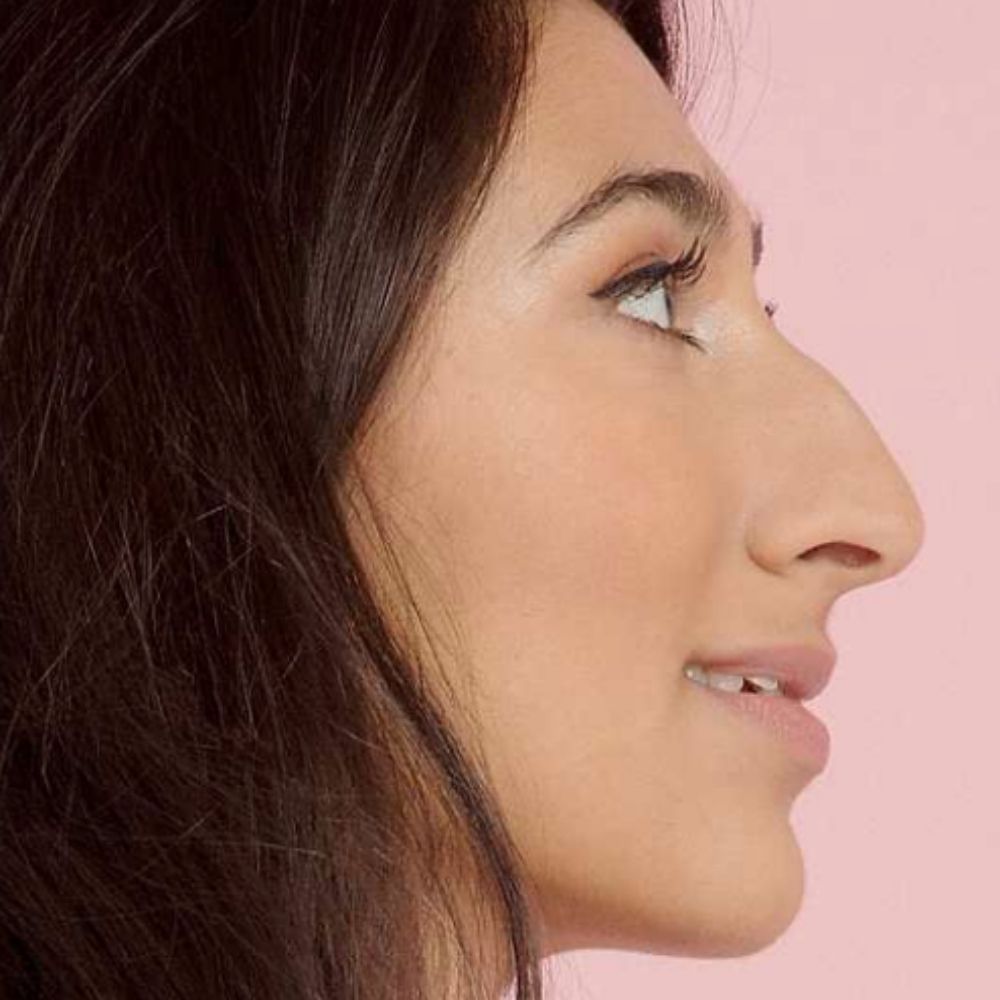The dialogue surrounding beauty has evolved significantly over the past few decades. Where once the concept of beauty was narrowly defined by societal standards, there is now a burgeoning movement that advocates the idea that beauty comes in myriad shapes and sizes. This discussion recognizes the profound diversity inherent in human forms and encourages individuals to embrace their unique physical characteristics. This revelation intersects with deeper psychological, cultural, and historical elements that foster our fascination with various aesthetics.
Throughout history, societal norms have dictated what constitutes attractiveness. These standards have frequently shifted, influenced by cultural trends, media representations, and personal experiences. What remains constant, however, is the innate human desire to connect through ideals of beauty. This desire often compels individuals to conform to particular norms, which can lead to a pursuit that is not only taxing but generally impossible to achieve. Acknowledging the spectrum of beauty allows for greater acceptance, fostering self-love and authenticity as opposed to airy pursuits of unattainable goals.
An increasingly vocal community emphasizes the significance of acknowledging diverse body types and features, a phenomenon that has garnered attention through platforms like social media. The #EmbraceYourShape movement serves as a rallying call, urging individuals—especially women—to reject comparative ideals and instead celebrate their own uniqueness. This societal shift is essential for personal empowerment; it galvanizes individuals to appreciate their traits that deviated from conventional beauty standards, whether it be height, body shape, skin texture, or facial features.
Research in psychology supports the concept that self-acceptance is positively correlated with overall mental health. When individuals embrace their individuality, they report higher levels of happiness and self-esteem. The struggle against self-criticism not only detracts from self-worth but may also hinder personal and professional relationships. By re-defining beauty, one is not merely liberating oneself from societal constraints but also reshaping the interpersonal dynamics rooted in preconceived notions of attractiveness.
Moreover, media representation plays a pivotal role in evolving perceptions. In the past, mainstream media often upheld a singular image of beauty—typically characterized by slim figures, symmetrical features, and a specific skin tone. This portrayal marginalized countless individuals while simultaneously promoting a culture of exclusion. However, recent years have seen platforms and brands embracing a more inclusive approach. Advertisers and creators are beginning to showcase a broader array of body types, encouraging audiences to partake in a collective narrative that recognizes the beauty in all forms.
The fascination with diverse beauty extends beyond mere appearance; it delves into societal narratives and cultural significance. Consider, for instance, the disparagement of those with larger noses, which are often deemed unattractive in certain societies. The emergence of movements celebrating distinctive features is an invitation to challenge and dismantle such stereotypes. The larger nose, once a target of ridicule, is now being embraced as a symbol of individuality, culture, and heritage. This not only prompts reflection on the arbitrary nature of beauty standards but also encourages richer dialogues about identity and acceptance.
Beauty, when celebrated in all its forms, fosters a sense of belonging and community. The act of embracing unique traits allows individuals to connect over shared experiences rather than superficial comparisons. It shifts the focus from outward appearances to inner qualities, which often resonates more deeply with audiences. By cultivating a culture of inclusion, we not only enrich the beauty conversation but also establish a foundation wherein everyone feels valued and appreciated for their genuine selves.
The twists and turns of beauty discourse raise intriguing questions regarding the nature of cultural beauty. Does our fascination with certain features arise purely from aesthetic appeal, or does it stem from deeper psychological associations? The exploration of beauty is a reflection of broader societal constructs and collective aspirations. Hence, when we celebrate beauty in all forms, we are simultaneously commenting on the multiplicity of human experience—embracing diversity leads to empathy, connection, and understanding, which is crucial for societal harmony.
In light of this, it becomes imperative that we continue championing body positivity and inclusivity. Campaigns promoting diverse beauty standards invite audiences to re-evaluate their perceptions while fostering a sense of belonging within a broader community. Individuals who might once have felt ostracized by societal norms can find solace in a collective affirmation of beauty that transcends conventions, offering reassurance that every shape and size possesses inherent value.
The conversation around beauty encompasses not just aesthetics but also ethical considerations and cultural identities. It fuels initiatives to challenge societal norms, spearheading discussions that question and redefine our understanding of beauty. When individuals share their stories of acceptance, resilience, and self-discovery, they inspire others to embark on similar journeys, dispelling myths and eradicating stereotypes surrounding beauty. Thus, the movement towards embracing every shape, size, and feature is not merely about aesthetics but a transformative undertaking positioning self-acceptance as a vital component of well-being.
Ultimately, embracing every shape and size represents a significant societal shift towards inclusivity and acceptance. The celebration of diverse beauty not only liberates individuals from the constraints of conventional standards but also enhances collective understanding, fostering dialogues that champion empathy and appreciation for individuality. By accepting and loving ourselves, we extend that grace to others, paving the way for a kinder, more inclusive world—one where beauty knows no bounds.
